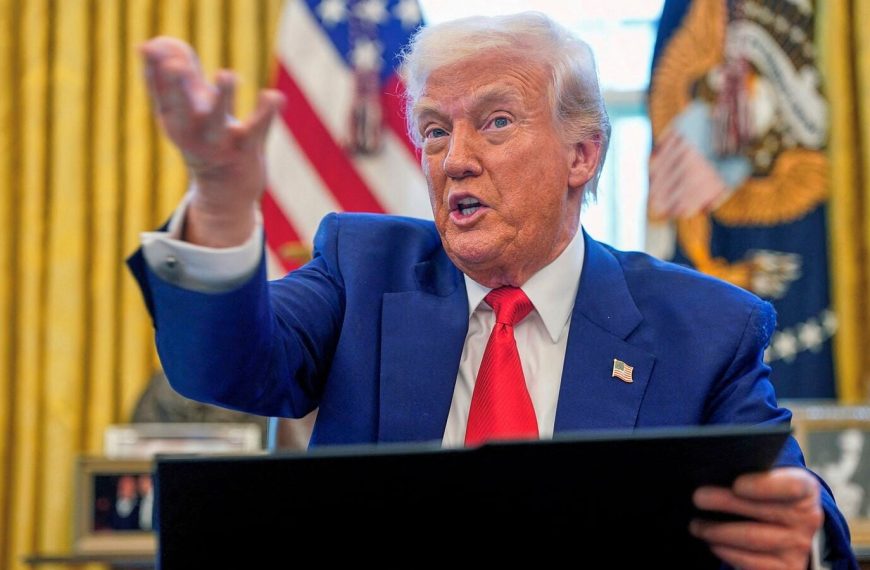The Bank of England has decided to maintain interest rates at 4.5%, highlighting the prevailing uncertainty that clouds both the British and global economies. This decision comes amidst rising global trade tensions, particularly those stemming from actions taken by the United States. The Monetary Policy Committee (MPC) voted 8-1 to keep rates unchanged, with only external member Swati Dhingra advocating for a quarter-point cut, defying expectations set by economists who had largely anticipated a 7-2 vote.
Economic Uncertainty Looms Large
In a statement, Governor Andrew Bailey emphasized the significant economic uncertainty currently impacting the UK. While the BoE believes that interest rates are on a path to gradual decline, they will closely monitor both global and domestic economic developments during their rate-setting meetings every six weeks.
- Key points from the MPC’s statement:
- Inflation pressures are expected to ease.
- There’s no assumption that monetary policy will follow a predetermined course in upcoming meetings.
- The committee is adopting a "gradual and careful approach" to future rate cuts.
Inflation Projections and Economic Growth
All 61 economists surveyed prior to the March meeting anticipated that the Bank Rate would remain steady at 4.5%, with potential cuts expected in May, followed by further reductions in August and November. The MPC revised its inflation forecast for 2023, predicting a peak of 3.75% in the third quarter, slightly up from its previous estimate of 3.7%. This adjustment reflects persistent inflation, which has remained above the BoE’s 2% target, hitting 3% in January.
The bank’s cautious approach stands in contrast to the actions of the European Central Bank and the Federal Reserve, both of which have cut borrowing costs more aggressively since last summer, contributing to sluggish growth in the UK.
Domestic and Global Influences
The MPC also pointed out that rising costs in the services sector may be linked to the government’s impending tax increases for employers. Surveys have indicated a decline in hiring intentions among businesses, further complicating the economic landscape.
Additionally, global trade tensions have escalated following new import tariffs announced by the United States, which have prompted retaliatory measures from other nations. The U.S. Federal Reserve has recently downgraded its economic growth projections while raising its inflation expectations, indicating increased uncertainty around the economy.
Looking Ahead
The BoE slightly adjusted its forecast for British economic growth in the first quarter of 2025, raising it to 0.25% from a prior estimate of 0.1%. Attention now turns to finance minister Rachel Reeves, who is expected to outline significant public spending cuts in her budget update speech next Wednesday—an essential factor in shaping Britain’s economic outlook.
In other developments, the Swiss National Bank recently lowered rates by 25 basis points, citing trade war risks to inflation and global economic stability, while Sweden’s central bank opted to keep its policy rate steady.
As the situation evolves, the Bank of England remains vigilant, navigating through a complex web of domestic pressures and international challenges.











